Choosing model rail sizes is one of the things modelers often spend time on when building their second layout. We often start with whatever came in the train set we began with, but then we start to hear about rail “codes,” and how they can differ.
Regardless of scale, model rail sizes are specified by code. This isn’t a top-secret formula: code simply refers to the height of the rail in thousandths of an inch. Thus code 83 track has rail .083″ tall, code 70 is .070″ tall, and so on. These charts will help you with choosing model rail sizes.
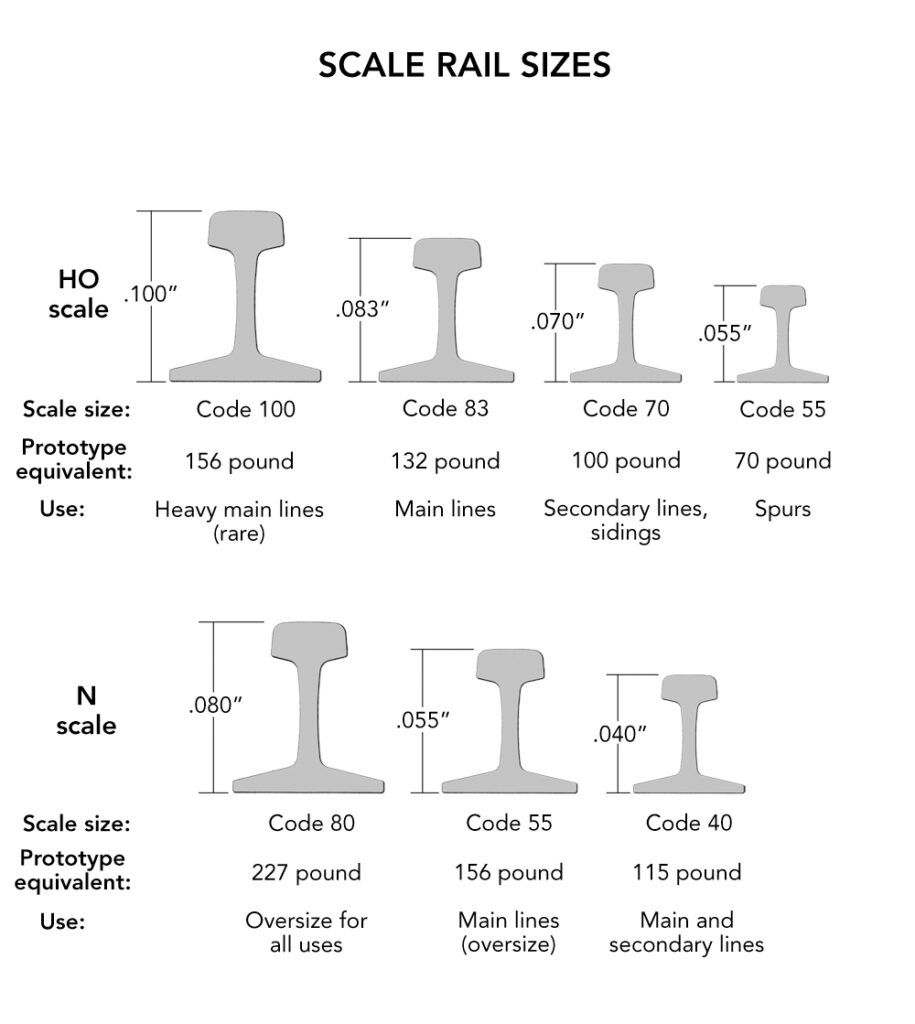
On the prototype, rail size is measured not by height, but by weight. Rail is classified by the weight in pounds of one yard (36 inches) of rail. Note that some model track scales out to be extremely heavy (code 100 in HO is oversize for almost all prototype rail; code 80 in N is grossly oversize for all prototypes). The heavier rail is easier to work with, and sturdier, which is why it’s often included in train set packages. Extremely light rail can make spurs and seldom-used tracks look more realistic, but because of their fragility, can be difficult to install.
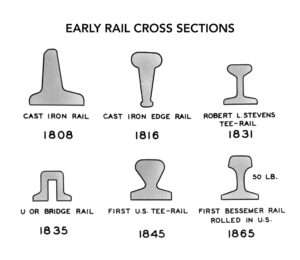
Using different sizes is a good way to differentiate the apparent purpose of model track: for example, in HO, using code 83 for the main line and code 70 for spurs and sidings.
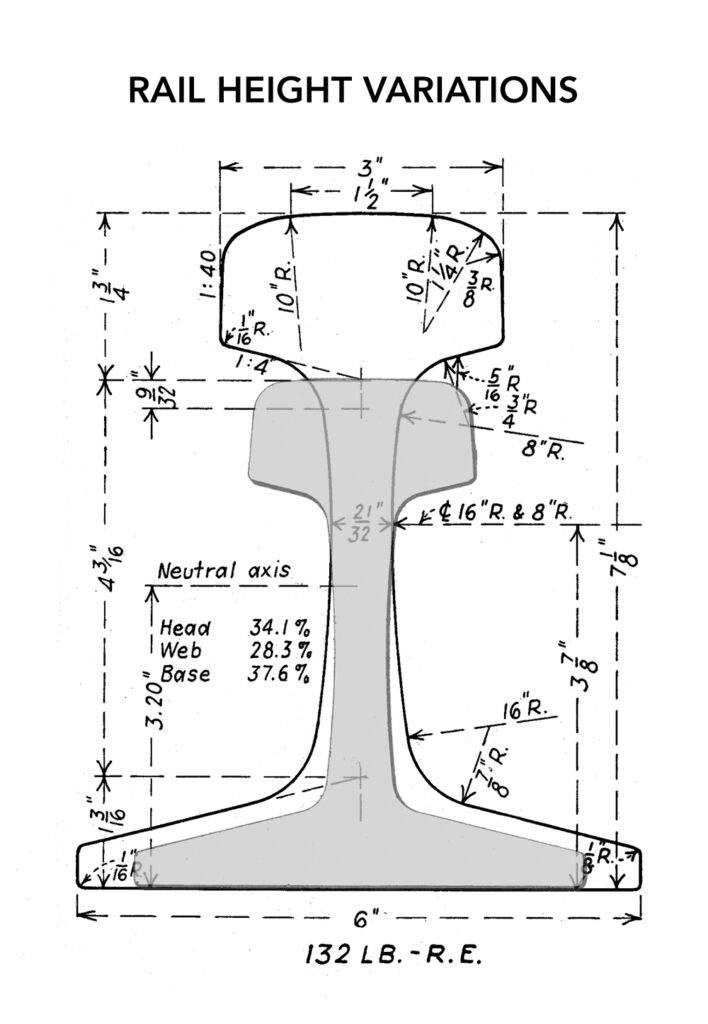






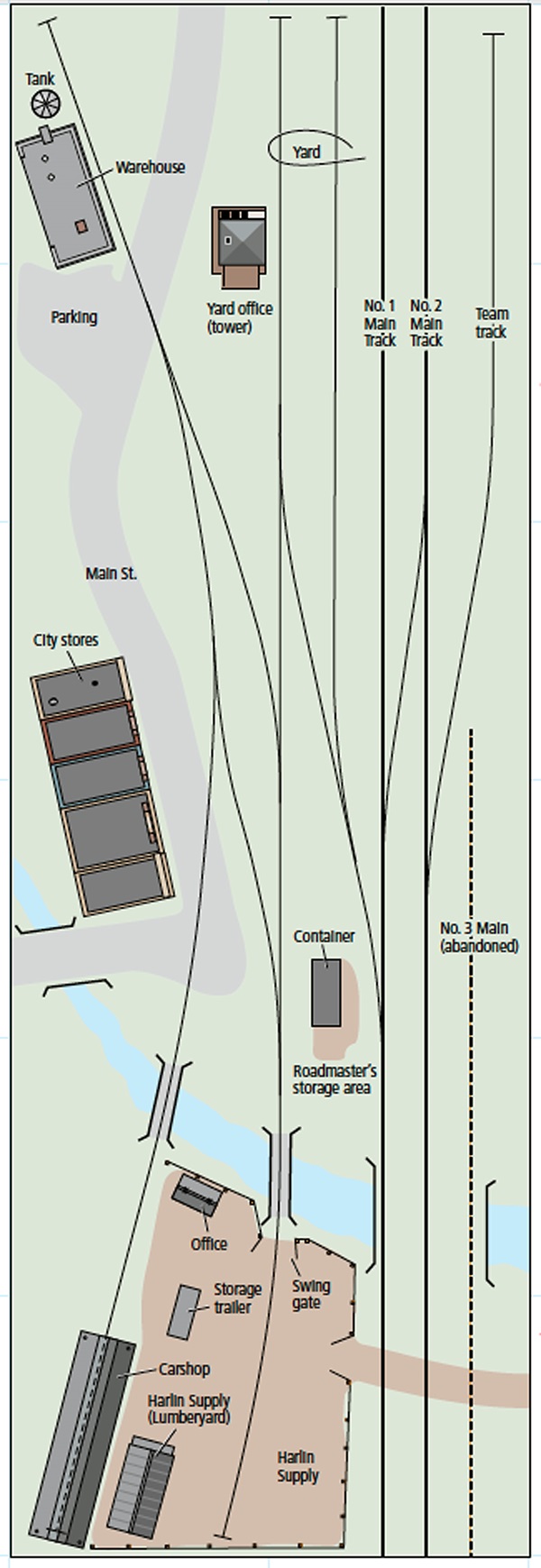
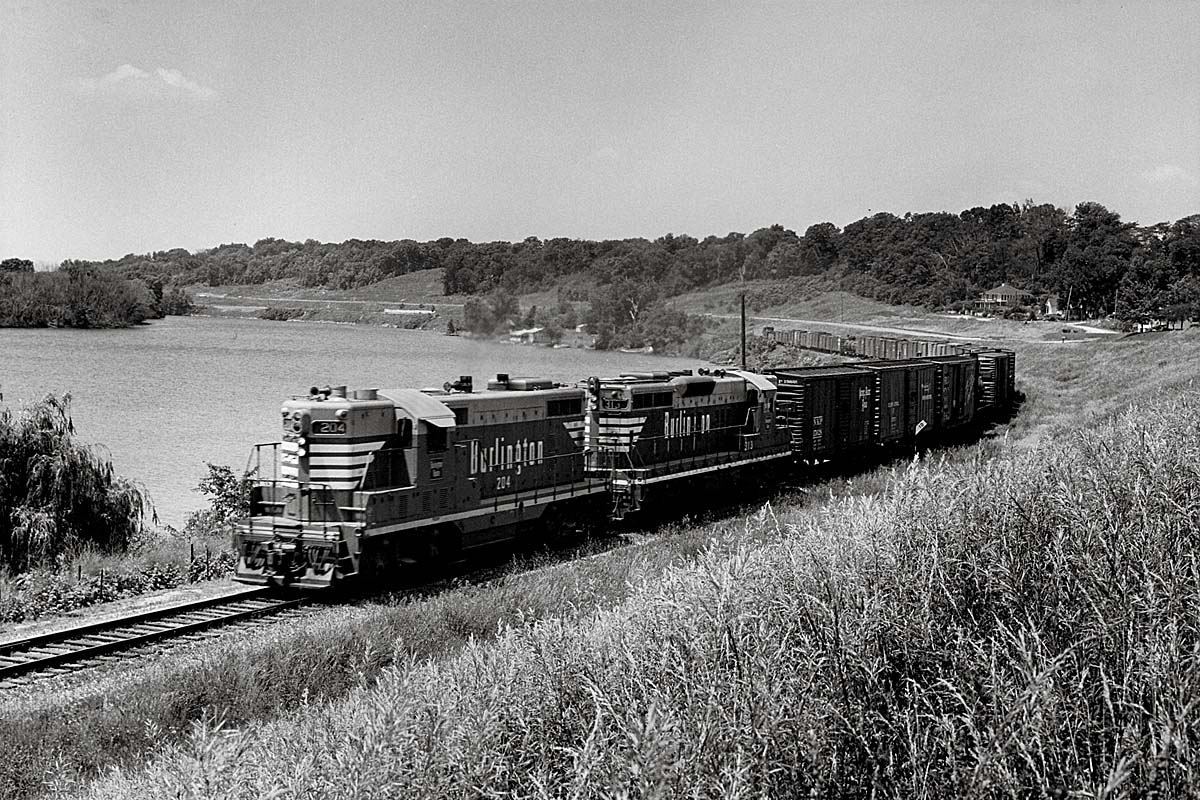
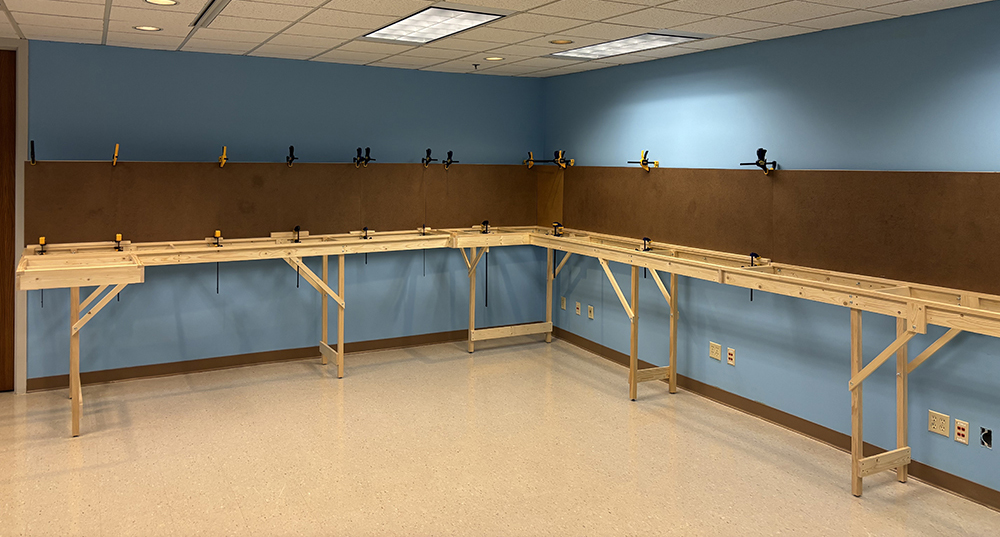
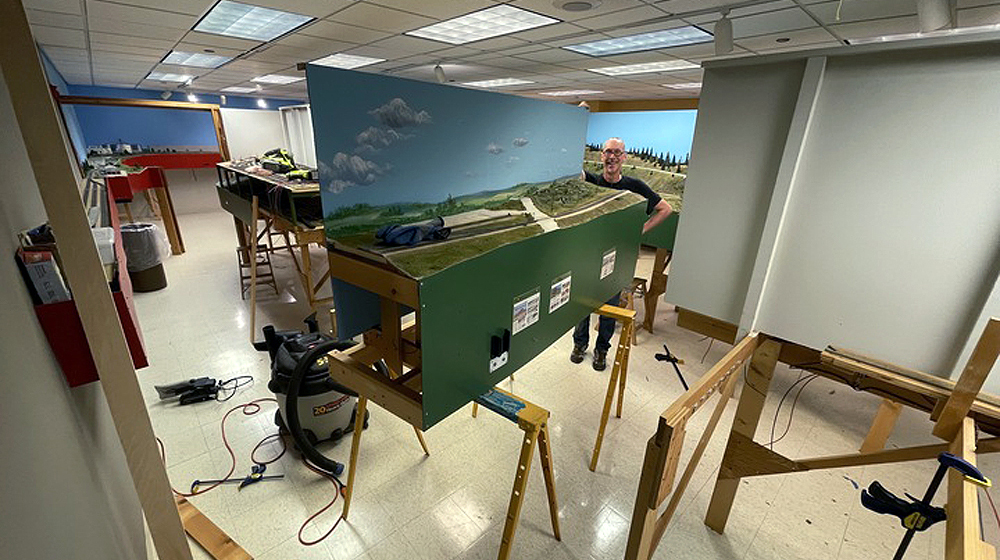




I’m building an additional 3′ x 6′ section of town adjacent to my existing HO layout. It will include only a streetcar line with 6.5 inch curves for my Bachmann PCC streetcar. The track will be embedded in the streets. What code track do you recommend?
Thanks,
David Z., Scottsdale, AZ